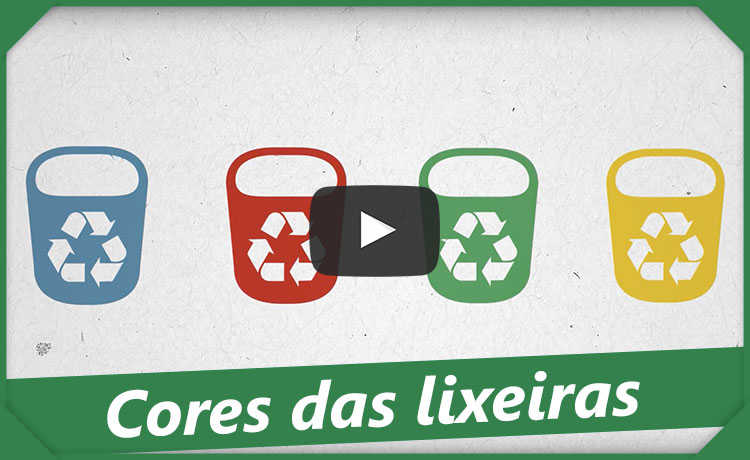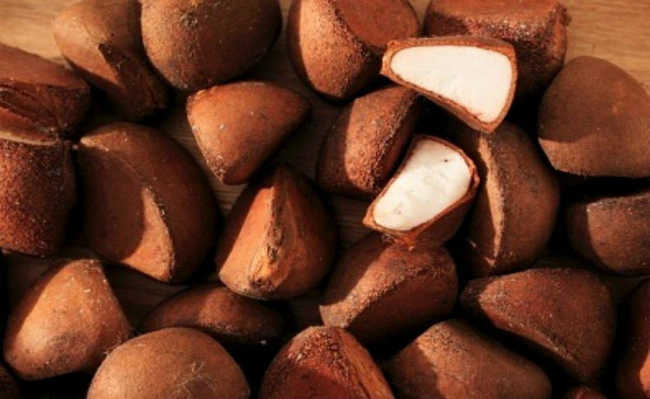Minhocarium: what it is for and how it works
Earthworm reduces waste, greenhouse gas emissions and even produces a rich organic compound

The homemade earthworm is a great domestic tool to reduce organic waste and reduce greenhouse gases. Earthworms (hygienic beings) break down organic matter, allowing the life cycle to be renewed, and facilitating decomposition by microorganisms, the main formers of humus, an essential substance for the maintenance of life on Earth.
- Earthworm: environmental importance in nature and at home
- How to raise Californian compost worms
This entire process is called composting , or vermicomposting , and you can understand it briefly in the video below:
- Humus: what it is and what are its functions for the soil
- What are greenhouse gases
- What is compost and how to make it
- Vermicomposting: what it is and how it works
Advantages of the worm farm
The main advantage of the earthworm is for the environment. More than half of all domestic waste produced is of organic origin, that is, food waste.
- What is organic waste and how to recycle it at home
Part of this food waste can be composted, which avoids the emission of greenhouse gases (such as methane) - not only due to the process of transforming garbage into humus, but also because it reduces emissions from burning fuel in the transport of the garbage to landfills.
In addition, the worm farm helps to reduce the demand for spaces in landfills and dumps, which tend to compete with other land uses that would bring more benefits to society, such as the construction of parks, vegetable gardens, spaces for sports, among others. Some people even report that contact with the earthworm provides therapeutic benefits.
Humus, the main product of the earthworm, is a substance very rich in nutrients for plants and essential for life on Earth. You can better understand its importance in the matter: "Humus: what it is and what are its functions for the soil".
In addition to the humus, the earthworm produces a liquid fertilizer known as slurry, which, depending on the water dilution ratios, can be used both as a fertilizer and as a pesticide.
If the slurry is diluted with ten parts of water, it serves as fertilizer; if diluted with a part of water, it serves as a natural pesticide and can be sprayed on plant leaves.- Learn how to make natural insecticide and pest control in the garden
How does the earthworm work?
The earthworm house is usually made up of a lid and three or more stackable plastic boxes (the amount depends on family demand, as does the size of the containers). The two upper boxes work as digesters, with holes in the bottom, which serve exclusively for the migration of worms and liquid drainage. The last bottom box works as a storage for the slurry produced in the process, and comes with a small tap for its removal.
But there are several types of earthworms, which you can check in the article: "Domestic composting: how to make and benefits".
In the beginning, it is necessary to make a small layer (about 7 centimeters) of earthworm humus in the first box on top of the earthworm house, where its organic residues will be deposited. And the two lower boxes will be empty.
There are certain foods that cannot be placed in the earthworm. To know what goes in and what doesn't go in the worm farm, take a look at the article: "Learn which items should not enter your worm farm".
The disposal of organic waste in the earthworm must take place in small quantities and must take place in the first box (where the humus layer is). With each new deposit, the organic matter must be covered with dry matter such as leaves or sawdust. When the first box is full, it should be swapped with the middle box, and remain at rest until the second box (this time located on top) is also full. Normally, the formation of the resting box humus will take about two months. This is the time for the top box to fill. If the top box takes less time to fill, it means your family needs more digester boxes.
The slurry must also be collected periodically. And neither he nor the earthworm must have a bad smell. If this happens it is a maintenance issue. So don't miss the tips from eCycle portal in the article: "Problems in composting: identify the causes and find out about solutions".
To check out more tips and details about how a worm farm works, take a look at the article: "Guide: how is composting done?".
- Guide on how to reduce household waste: find out how to reduce waste going to common garbage
Who can have a worm farm?
You don't have to live on a farm or in a huge house to have a working worm farm in perfect condition. Even those who live in an apartment can purchase their worm farm. And you don't need to worry about dirt, because if you keep the proper care, the earthworm is hygienic. Understand about this topic in the article: "Interview: homemade earthworm is hygienic".
Earthworms play an important role in the environment and you can raise them at home.









